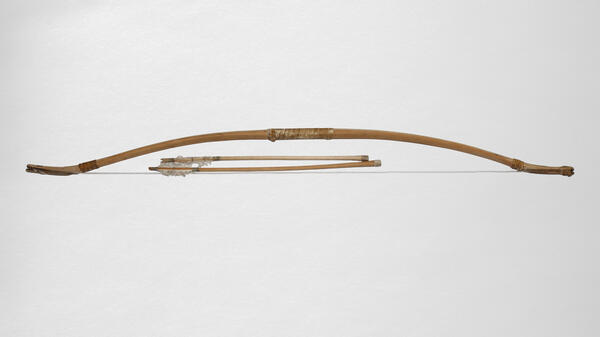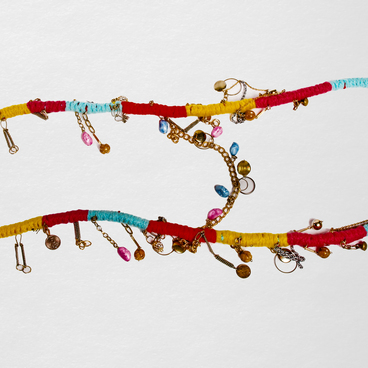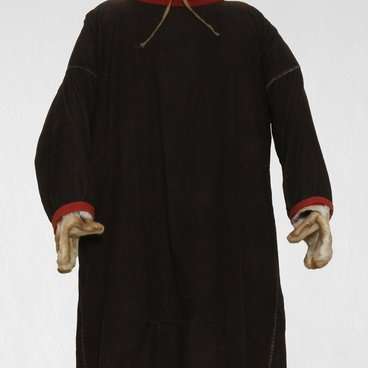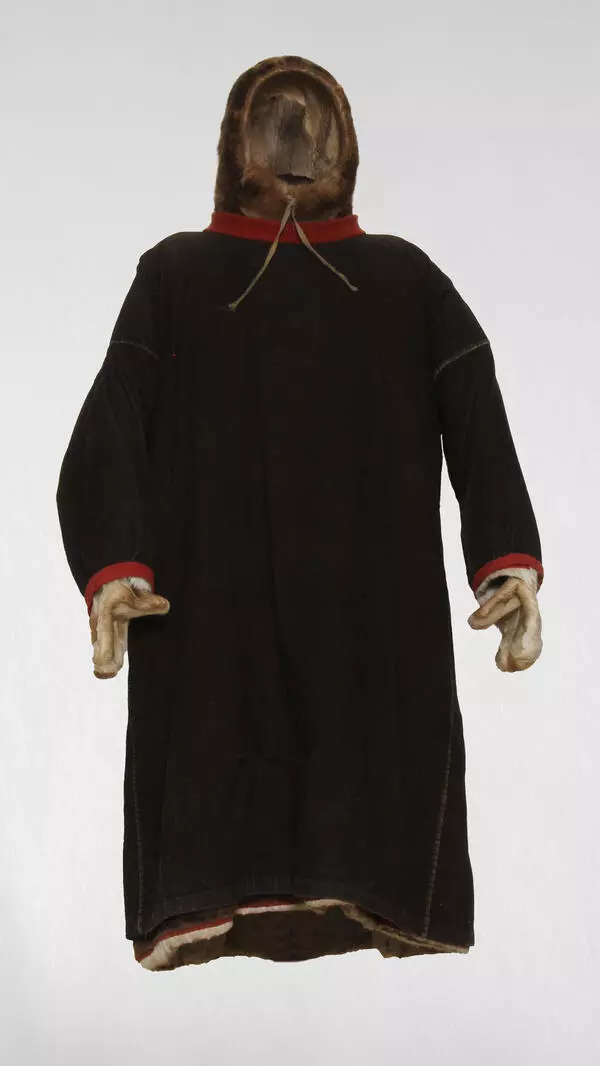The indigenous peoples of the North have been hunting wild animals and birds for hundreds of years. They knew the habits of animals and the peculiarities of the territory in which they lived. Hunting was carried out in different ways, which depended on the natural and climatic conditions, the prevailing way of life and traditions, as well as on the demand for certain types of prey.
The Khanty have always deftly handled one of the most ancient hunting devices — a wooden bow. At first glance, a primitive, but in fact rather complex, carefully designed and fitted weapon is still used during the hunt. Some bows can even compete with firearms in terms of lethality and rate of fire.
The main advantage of the bow is the silent shot. So, the Khanty hunter managed to release a dozen arrows at a wood grouse, which walked along the sandbank in lines, could knock out seven or eight hazel grouses from the flock feeding on the bird cherry bushes, catch up and shoot the loon.
The Khanty were especially good at hunting squirrels with a bow in the Purovsky continents — this is the name of the forests growing along the sandy ridge between the Pura River and the right tributaries of the Ob. On the territory of a low-growing forest, mainly a pine forest, the animals were shot by arrows with a thickened front end, without an iron tip: this way the skins were kept absolutely intact.
The Khanty made hunting bows of three types of wood. The outer part was carved from birch, and the inner part from the hard and resinous cedar. The halves were glued together with fish glue and wrapped tightly with thin sheets of birch bark or ligaments of tendons. The ends of the bow were made of bird cherry, and they were decorated with leather from goose or swan legs.
The Khanty wooden feathered arrows were equipped with iron or bone points of various types. Iron tips were most often made from knives. Their shape depended on the animal being hunted. For game, lanceolate ones were used — with a long narrow feather in the form of a flattened rhombus or lens. If the tip was equipped on three sides with sharpened hooks resembling the claw of a bird of prey, then such an arrow was intended for hunting a duck. The fox, otter and hare were hunted with an arrow, at the end of which two sharpened blades diverged at an angle of 40 degrees. For fish, spearheads were used.
The Khanty have always deftly handled one of the most ancient hunting devices — a wooden bow. At first glance, a primitive, but in fact rather complex, carefully designed and fitted weapon is still used during the hunt. Some bows can even compete with firearms in terms of lethality and rate of fire.
The main advantage of the bow is the silent shot. So, the Khanty hunter managed to release a dozen arrows at a wood grouse, which walked along the sandbank in lines, could knock out seven or eight hazel grouses from the flock feeding on the bird cherry bushes, catch up and shoot the loon.
The Khanty were especially good at hunting squirrels with a bow in the Purovsky continents — this is the name of the forests growing along the sandy ridge between the Pura River and the right tributaries of the Ob. On the territory of a low-growing forest, mainly a pine forest, the animals were shot by arrows with a thickened front end, without an iron tip: this way the skins were kept absolutely intact.
The Khanty made hunting bows of three types of wood. The outer part was carved from birch, and the inner part from the hard and resinous cedar. The halves were glued together with fish glue and wrapped tightly with thin sheets of birch bark or ligaments of tendons. The ends of the bow were made of bird cherry, and they were decorated with leather from goose or swan legs.
The Khanty wooden feathered arrows were equipped with iron or bone points of various types. Iron tips were most often made from knives. Their shape depended on the animal being hunted. For game, lanceolate ones were used — with a long narrow feather in the form of a flattened rhombus or lens. If the tip was equipped on three sides with sharpened hooks resembling the claw of a bird of prey, then such an arrow was intended for hunting a duck. The fox, otter and hare were hunted with an arrow, at the end of which two sharpened blades diverged at an angle of 40 degrees. For fish, spearheads were used.







